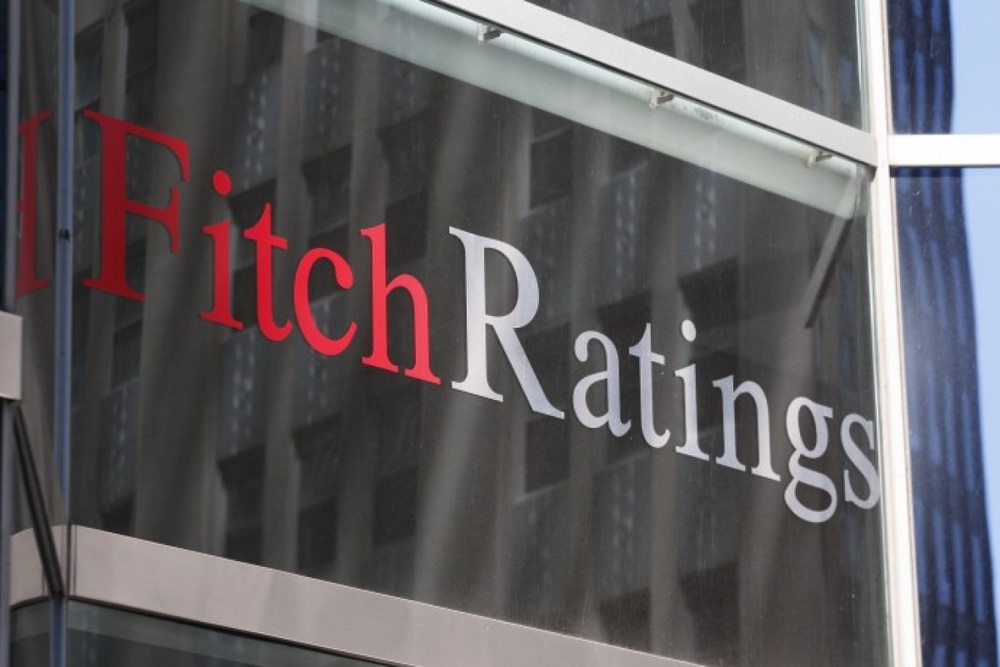
Fitch Ratings estimates that Kazakhstan’s economy growth will make up 5% or over in 2012, Newskaz.ru reports, citing economist and sovereign analyst covering Russia and other CIS countries Charles Seville as saying. “We estimate this year's national economy growth at 5%. It may be higher than that. However, processing industries are growing not that fast,” he said at the annual Fitch Ratings conference in Astana on May 15. In February the country’s Government and the National Bank had issued a joint statement forecasting the GDP growth at 6-7%. According to the IMF, the economy growth will stand at 6%. According to Mr. Seville, the economy growth in the mid run is attributed to growing extraction sector, notably to anticipated growth of oil production with Kashagan coming on stream and plans to significantly increase copper production in 2015-2016. Another driver of the economy, according to the analyst, is the infrastructure projects that will enable to increase trade turnover with neighboring nations. He cited the railway link to China currently under construction as an example. “Kazakhstan should strive for lesser dependence on oil revenues (…) non-oil deficit has grown from 3% to 8% of the GDP; in case of shocks … the Government may use up its resources,” the analyst believes. At the same time Fitch Ratings expects the National Oil Fund assets to reach $65 billion by 2013 from $45 billion as of the end of 2011. Mr. Seville highlighted the launch of the Stressed Assets Fund as a positive factor. “The Fund won’t be buying out stressed assets to the desirable extent; however, it is a positive step to releave banks for non-performing assets and boost their lending,” he said. The National Fund of Kazakhstan was created in 2000 as a stabilization fund that accumulates windfall revenues from oil sales and ensures that the economy of Kazakhstan will be stable against oil price swings. The assets of the National Fund are monitored by the National Bank of the Republic of Kazakhstan (central bank). In his latest State-of-the-Union Address on January 27, President Nazarbayev suggested that the National Oil Fund money be used to lend to the national economy rather than kept at foreign bank accounts. According to the National Bank, the National Oil Fund’s assets reached $51 billion as of the end of April 2012. The Stressed Assets Fund, a subsidiary of the Kazakhstan’s National Bank, may start buying out bad loans from the second-tier banks as early as in May, Newskaz.ru reported on April 28, citing National Bank Governor Gregory Marchenko as saying this in his recent interview for the Prime News Agency. The vehicle will be used to buy out bad loans not related to the real estate market. Bad loans subject to independent assessment will be purchased at 50% discount. According to some estimates, the share of bad loans stands at 30% of the overall banks’ loan portfolios.





Fitch Ratings estimates that Kazakhstan’s economy growth will make up 5% or over in 2012, Newskaz.ru reports, citing economist and sovereign analyst covering Russia and other CIS countries Charles Seville as saying.
“We estimate this year's national economy growth at 5%. It may be higher than that. However, processing industries are growing not that fast,” he said at the annual Fitch Ratings conference in Astana on May 15.
In February the country’s Government and the National Bank had issued a joint statement forecasting the GDP growth at 6-7%. According to the IMF, the economy growth will stand at 6%.
According to Mr. Seville, the economy growth in the mid run is attributed to growing extraction sector, notably to anticipated growth of oil production with Kashagan coming on stream and plans to significantly increase copper production in 2015-2016.
Another driver of the economy, according to the analyst, is the infrastructure projects that will enable to increase trade turnover with neighboring nations. He cited the railway link to China currently under construction as an example.
“Kazakhstan should strive for lesser dependence on oil revenues (…) non-oil deficit has grown from 3% to 8% of the GDP; in case of shocks … the Government may use up its resources,” the analyst believes.
At the same time Fitch Ratings expects the National Oil Fund assets to reach $65 billion by 2013 from $45 billion as of the end of 2011.
Mr. Seville highlighted the launch of the Stressed Assets Fund as a positive factor.
“The Fund won’t be buying out stressed assets to the desirable extent; however, it is a positive step to releave banks for non-performing assets and boost their lending,” he said.
The National Fund of Kazakhstan was created in 2000 as a stabilization fund that accumulates windfall revenues from oil sales and ensures that the economy of Kazakhstan will be stable against oil price swings. The assets of the National Fund are monitored by the National Bank of the Republic of Kazakhstan (central bank).
In his latest State-of-the-Union Address on January 27, President Nazarbayev suggested that the National Oil Fund money be used to lend to the national economy rather than kept at foreign bank accounts.
According to the National Bank, the National Oil Fund’s assets reached $51 billion as of the end of April 2012.
The Stressed Assets Fund, a subsidiary of the Kazakhstan’s National Bank, may start buying out bad loans from the second-tier banks as early as in May, Newskaz.ru reported on April 28, citing National Bank Governor Gregory Marchenko as saying this in his recent interview for the Prime News Agency.
The vehicle will be used to buy out bad loans not related to the real estate market. Bad loans subject to independent assessment will be purchased at 50% discount. According to some estimates, the share of bad loans stands at 30% of the overall banks’ loan portfolios.


 +7 (777) 001 44 99
+7 (777) 001 44 99















































